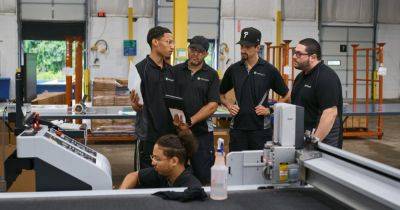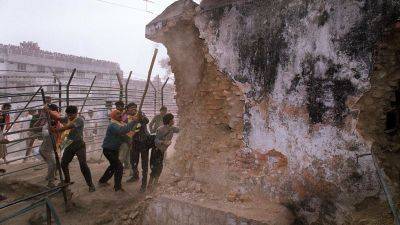Riding With a Trucker, Witnessing India’s Past and Potential
Ragib Khan is a man of impeccable patience. On a sweltering morning at a truck yard in the northern Indian state of Haryana, he climbed into the cab of his 10-wheel tractor-trailer, started the engine and rumbled slowly onto the highway. Over the day, he clung to the slow lane, never exceeding 35 miles an hour, while keeping watch for hazards: animals wandering the road, motorbikes darting in front and holes in the pavement large enough to swallow an axle.
Mr. Khan, 49, is a driver for Chetak Logistics, a major Indian trucking company. He was starting a weeklong journey hauling eight Suzuki cars freshly produced at a nearby factory to a distribution center more than 1,300 miles away in Bengaluru, in the south of the country. He stopped every couple of hours at roadside tea stands and restaurants, devouring snacks and chatting with other truck drivers.
“I drive in a very leisurely manner,” Mr. Khan said. “I don’t mind spending extra time. Half the month, we are on the road. What’s the hurry?”
For those who earn their living navigating the unpredictable highways of India, Mr. Khan was voicing an unimpeachably sensible mantra. Yet for India as a whole, now focused on lifting its fortunes by boosting exports, the frequently slow pace of moving goods from factories to ports presents a major impediment to those national aspirations.
As trade animosities flare between the United States and China, and as multinational retailers absorb the lessons of the supply chain disruptions that accompanied the pandemic, businesses are reconsidering their traditional reliance on Chinese factories to make their products. That effort is gaining momentum as retailers take heed of the growing possibility that Donald J. Trump will return to the







